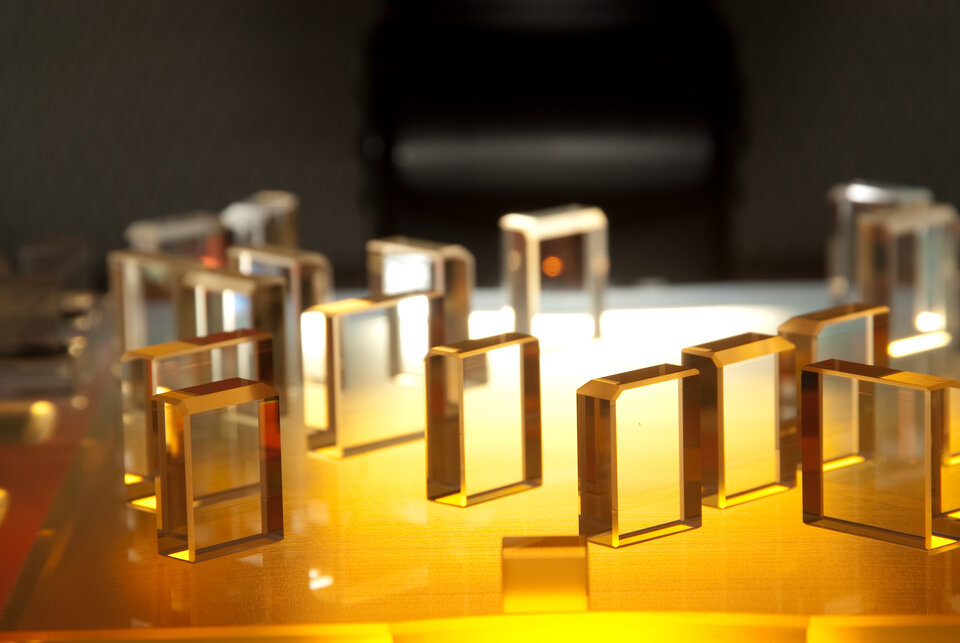Any project manager will tell you that a phased review project system is the way to go. Whether or not you agree with that statement, the process has been widely adopted by space exploration organizations across the globe. They form the basis of many of the best-known projects, and the completion of their phases are events to be celebrated by both the people working on them and the public at large. Now LISA, ESA’s attempt to build a 2.5 million kilometers long interferometer in space, has passed its Feasibility Phase, and is moving on to actually building some prototype technologies.
LISA is the culmination of over forty years of research into how best to capture the gravitational waves emanating from black holes throughout the universe. The system they came up with, known as the Laser Interferometer Space Antenna (LISA), was originally selected for development in 2017, with a goal of launching in 2034. It was chosen as part of the Cosmic Vision Programme and will join missions like PLATO and Solar Orbiter as one of the flagships of ESA’s exploration program.
UT video on gravitational astronomy – the type that LISA will use.There is still a lot of time for development, and LISA’s team will need all of that time to work on furthering the technology. Luckily, they already have a head start on some of it, as the LISA Pathfinder mission was already launched in 2015. This mission proved that LISA’s general idea – that two satellites could stay in place relative to each other with extreme precision – is feasible.
That knowledge was crucial to completing “Phase A” of LISA’s project plan – also known as the Feasibility Phase. This is the phase of the project where concept studies and models take most precedence, and nothing for the primary mission has been physically built yet. At the end of the Phase is a “Mission Formulation Review,” where a team of experts from ESA, NASA, and others, reviewed the progress the mission was making and gave their blessing to move on to the next stage of development.
 The mission timeline for LISA – including the milestones it has to hit on its way to launch.
The mission timeline for LISA – including the milestones it has to hit on its way to launch.
Credit – ESA
The next stage is the “Refinement Phase,” where all of the technologies and systems for the mission’s success are developed, as are the international partnerships and launch agreements. At the end of this phase, known as “Phase B1”, is the official “adoption” of the mission, at which point the project team will start physically building the systems that will launch into space.
When it does get up there, it will join up with another ESA mission, known as Athena, to observe colliding black holes in X-rays (Athena) and gravitational waves (LISA). Tying the two datasets together could lead to even more remarkable discoveries than that of the first gravitational wave ever measured by LIGO here on Earth.
 Model of LISA’s optics system laid out on a benchtop.
Model of LISA’s optics system laid out on a benchtop.
Credit – ESA / University of Glasgow
LISA has plenty more gates to go through before it can start collecting any actual data that could be used in those discoveries. With another 12 years or more in development, much can change between now and the spacecraft’s eventual launch. With luck, the technologies will all work flawlessly the first time, though as any engineer will tell you, that will never actually happen, no matter how fervently the project management might hope that it will.
Learn More:
ESA – LISA mission moves to final design phase
UT – Gravitational Astronomy? How Detecting Gravitational Waves Changes Everything
UT – LISA Pathfinder – Surfing Gravity Waves
Lead Image:
Timeline of gravitational imaging
Credit – ESA

